Vacuum sealing has become a popular method for preserving food, and raw chicken is no exception. Whether you're meal prepping, bulk buying, or just trying to extend the shelf life of your poultry, vacuum sealing can offer many benefits. But how good is raw chicken in a vacuum-sealed bag?
The great news is that this versatile technique can be applied to chicken. So, if you already have a vacuum sealer (or need another reason to purchase one!), then you’ll soon be on your way to less food wastage and big cost savings!
What Are the Benefits of Vacuum Sealed Chicken?
Vacuum sealing chicken helps preserve its freshness, extend its shelf life from 6 months to 1-2 years, and protect it from freezer burn. By preventing moisture loss, it maintains the meat's quality and reduces waste, making it ideal for bulk purchases.
In addition to preserving freshness and extending shelf life, vacuum sealing offers several other benefits:
- Space-Saving: Vacuum-sealed bags are compact, allowing for more efficient storage in your freezer or pantry, maximizing space.
- Prevents Cross-Contamination: Vacuum sealing prevents exposure to air and contaminants, reducing the risk of bacteria and odors spreading to other foods.
- Meal Prep Convenience: You can easily portion out and store chicken for future meals, making meal prepping and cooking more convenient and time-saving.
- Easy Defrosting: Vacuum-sealed chicken can be thawed more evenly and quickly, preserving its texture and reducing the risk of spoilage during defrosting.
Can Bacteria Grow on Vacuum Sealed Meat?
Yes, bacteria can still grow on vacuum-sealed meat if it's not stored properly. While vacuum sealing helps prevent the growth of aerobic bacteria (which require oxygen), it does not eliminate the risk of anaerobic bacteria (which thrive in low or no-oxygen environments). These bacteria can still grow in vacuum-sealed meat, especially if it is stored at incorrect temperatures.
How to Vacuum Pack Chicken Meat?
To vacuum-pack chicken meat effectively, follow these steps:
- Prepare Equipment: Ensure you have a vacuum food sealer and BPA-free plastic bags or special foil for packaging.
- Check Meat Freshness: Only vacuum pack fresh chicken. If the meat has started to spoil, it cannot be saved by vacuum sealing.
- Portion the Chicken: Divide the chicken into smaller portions for easier handling and faster defrosting. This will also prevent air from being trapped in larger areas, which can lead to faster spoilage.
- Optional Pre-cooking: If desired, you can pre-cook the chicken by boiling or baking it before vacuum sealing.
- Package the Chicken: Place the chicken into the vacuum-sealing bag or foil.
- Remove Air: Use the vacuum sealer to remove air from the packaging. Make sure all air is extracted for the best preservation.
- Seal the Bag: Finally, seal the bag tightly using the vacuum sealer, ensuring the edges are welded securely to prevent any air from entering.
Related: How to Use Vacuum Sealer Step by Step
How to Find a Suitable Food Vacuum Sealer and Accessories?
When choosing a suitable food vacuum sealer and accessories, Ciarra offers a fantastic option with its Gadgets Portable Wireless Vacuum Sealer Machine.
1. Stronger Suction
Ciarra’s vacuum sealer features a high-powered motor that ensures maximum air removal, providing a more effective and tighter seal than many other brands.

2. Larger Battery Capacity
With a 1500mAh battery, this vacuum sealer offers extended operation time, enabling multiple uses on a single charge.

3. Three Versatile Modes
The vacuum sealer has three modes—vacuum & seal, sealing, and external vacuum—making it adaptable for different food preservation needs. Whether you’re sealing meats, vegetables, or snacks, this sealer is equipped to handle it all.
4. Easy Start with Included Bags
The Ciarra vacuum sealer comes with 5 vacuum sealer bags, so you can start preserving food right away. These bags are made from multi-layered, BPA-free materials, offering superior sealing performance.
5. Longer Food Freshness
Ciarra’s vacuum-sealed bags keep meat fresh for up to 13–15 days in the refrigerator—much longer than typical bags that only last 2–3 days. This extended freshness helps reduce food waste and save money.
6. Microwave-safe and Reusable Bags
Ciarra’s vacuum bags are microwave-safe, allowing you to heat food directly without opening the bag. Additionally, they are reusable, making them a cost-effective and eco-friendly choice.

Can You Cook Chicken in a Vacuum Sealed Bag?
Yes, you can cook chicken in a vacuum-sealed bag! This method is known as sous vide, which involves cooking food in a vacuum-sealed bag in a water bath at a precise, controlled temperature. It’s an excellent way to ensure your chicken is cooked evenly, remains juicy, and retains its natural flavors.
Sous Vide Cooking: Set your sous vide machine or immersion circulator to the desired temperature (typically around 140-165°F or 60-74°C for chicken). Place the sealed bag in the water bath and cook for 1.5–2 hours, depending on the thickness of the chicken.
After the chicken is cooked through, you can remove it from the bag and quickly sear it in a hot pan for a few minutes to get a crispy skin or outer layer if desired.
Of course, you could also simply boil the bag if you don’t own a sous-vide machine.

How Do You Defrost Vacuum-sealed Chicken?
To defrost vacuum-sealed chicken, place the bag in the refrigerator overnight or use the defrost function on your microwave for quicker results. Avoid defrosting at room temperature to prevent bacterial growth.
Should You Freeze Chicken Before Vacuum Sealing?
You don't have to freeze chicken before vacuum-sealing it. Unlike more delicate foods like fruits, meat is sturdier and can be vacuum sealed directly without the need for flash-freezing. In fact, freezing meat before vacuum sealing can sometimes lead to freezer burn, as the moisture in the meat may evaporate and cause dehydration.
It's best to vacuum-seal fresh chicken and store it immediately in the freezer or refrigerator. This will help preserve its freshness and quality, and the vacuum-sealed bag will prevent air exposure, reducing the risk of freezer burn. If you're sealing chicken for long-term storage, just ensure it is fresh and properly handled before sealing.
How to Tell if Vacuum Sealed Chicken is Bad?
To tell if the vacuum-sealed chicken has gone bad, check for the following signs:
Appearance
If the chicken has changed color (e.g., turning grey or brown) or shows signs of freezer burn (dry spots or ice crystals on the surface), it may be spoiled. Fresh chicken should be pink or pale in color, and the vacuum-sealed bag should not have air pockets or tears. It’s also worth checking the texture – if your chicken is slimy or feels like mucus, don’t eat it.
Smell
The bad chicken will have a strong, foul odor. Fresh chicken should have a mild, neutral scent, while spoiled chicken will emit a sour or rotten smell. If you notice any unusual or unpleasant odors when opening the bag, discard it. Take extra care if you’ve marinaded your meat as the spices can sometimes mask the smell of spoiled chicken.
Taste
If you’re unsure after checking the appearance and smell, you can cook a small piece of chicken. If it tastes off or has a strange flavor, it’s best to throw it away.
How Good is Vacuum Sealed Chicken Good for?
Vacuum-sealed chicken can last significantly longer than traditionally packaged chicken, depending on whether it’s stored in the fridge or freezer:
In the Refrigerator: Vacuum-sealed chicken can stay fresh for 1-2 weeks in the fridge. This is a huge improvement over the usual 1-2 days that regular chicken typically lasts.
In the Freezer: Vacuum-sealing chicken helps prevent freezer burn and maintains its quality for up to 1-2 years in the freezer. Regularly frozen chicken, without vacuum sealing, typically lasts 6-12 months.
Conclusion
In short, raw chicken in a vacuum-sealed bag can stay fresh longer, maintain its flavor, and reduce waste. Whether you’re storing it in the fridge or freezer, vacuum sealing is a convenient, space-saving method that ensures your chicken stays safe and ready for cooking whenever you need it. Just remember to follow proper food safety guidelines to keep your meals healthy and delicious.
If you’re looking for a reliable way to vacuum seal your chicken, consider investing in a high-quality vacuum sealer like the Ciarra Portable Wireless Vacuum Sealer Machine. With its powerful suction and versatile modes, it makes preserving your raw chicken easier than ever.
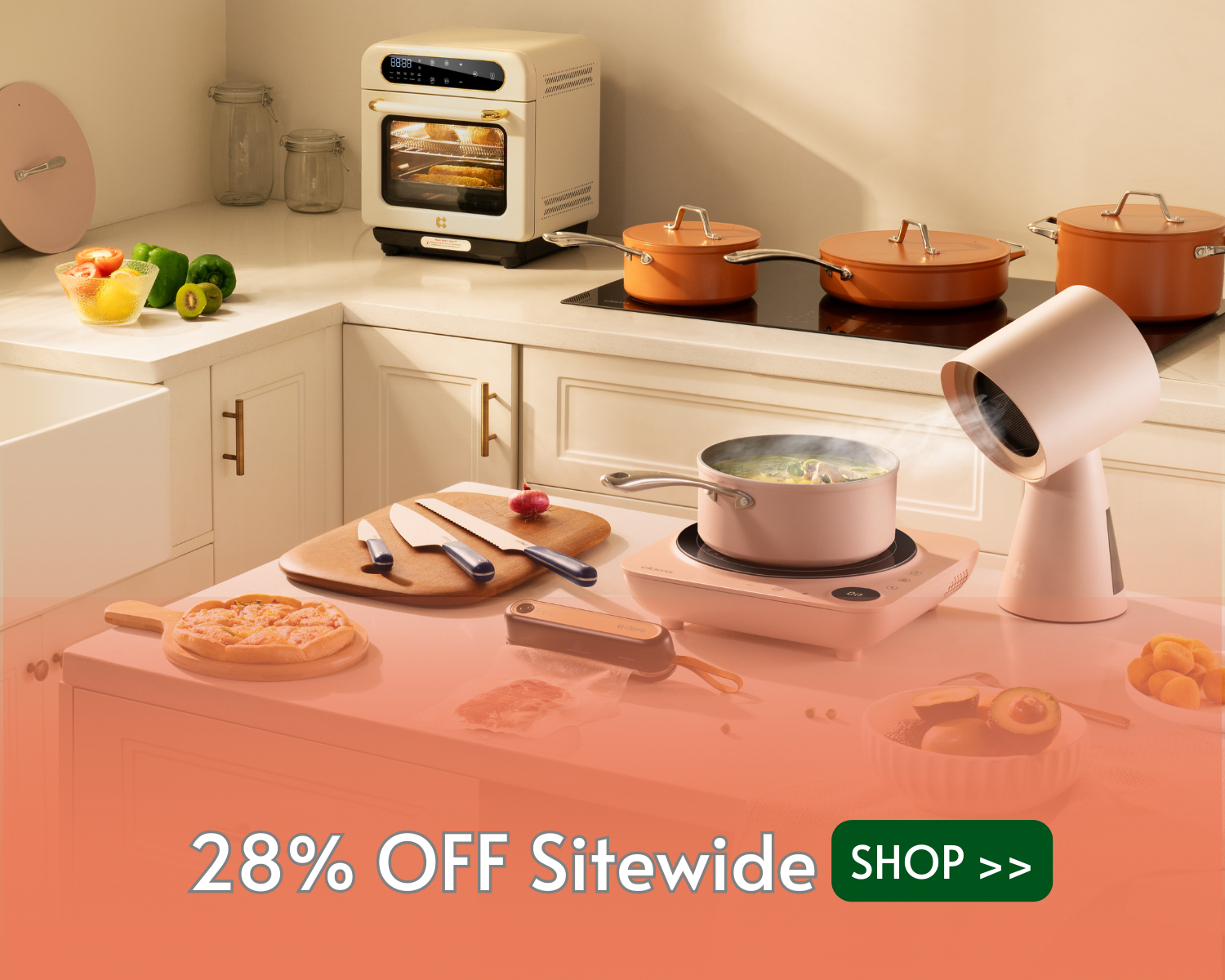
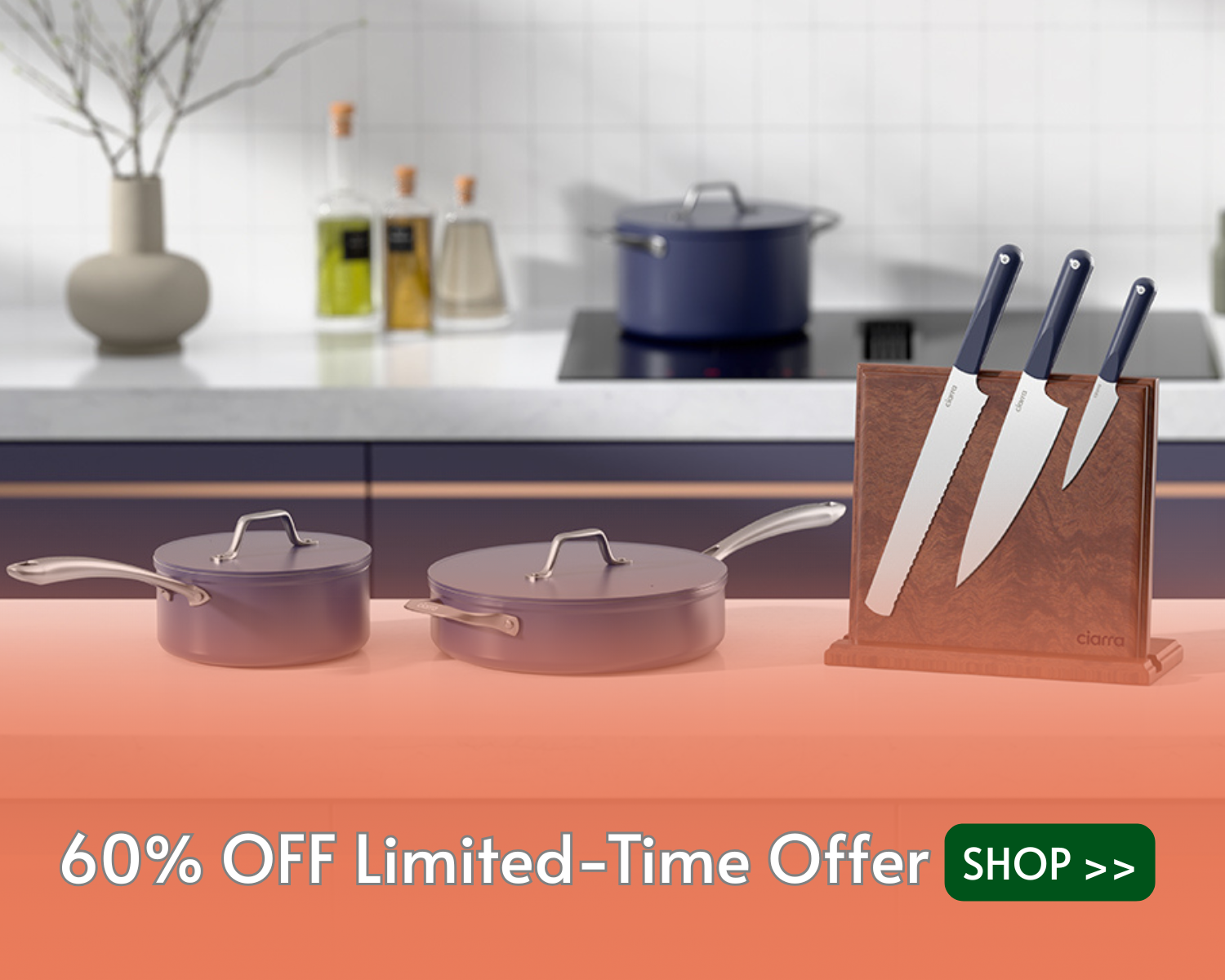
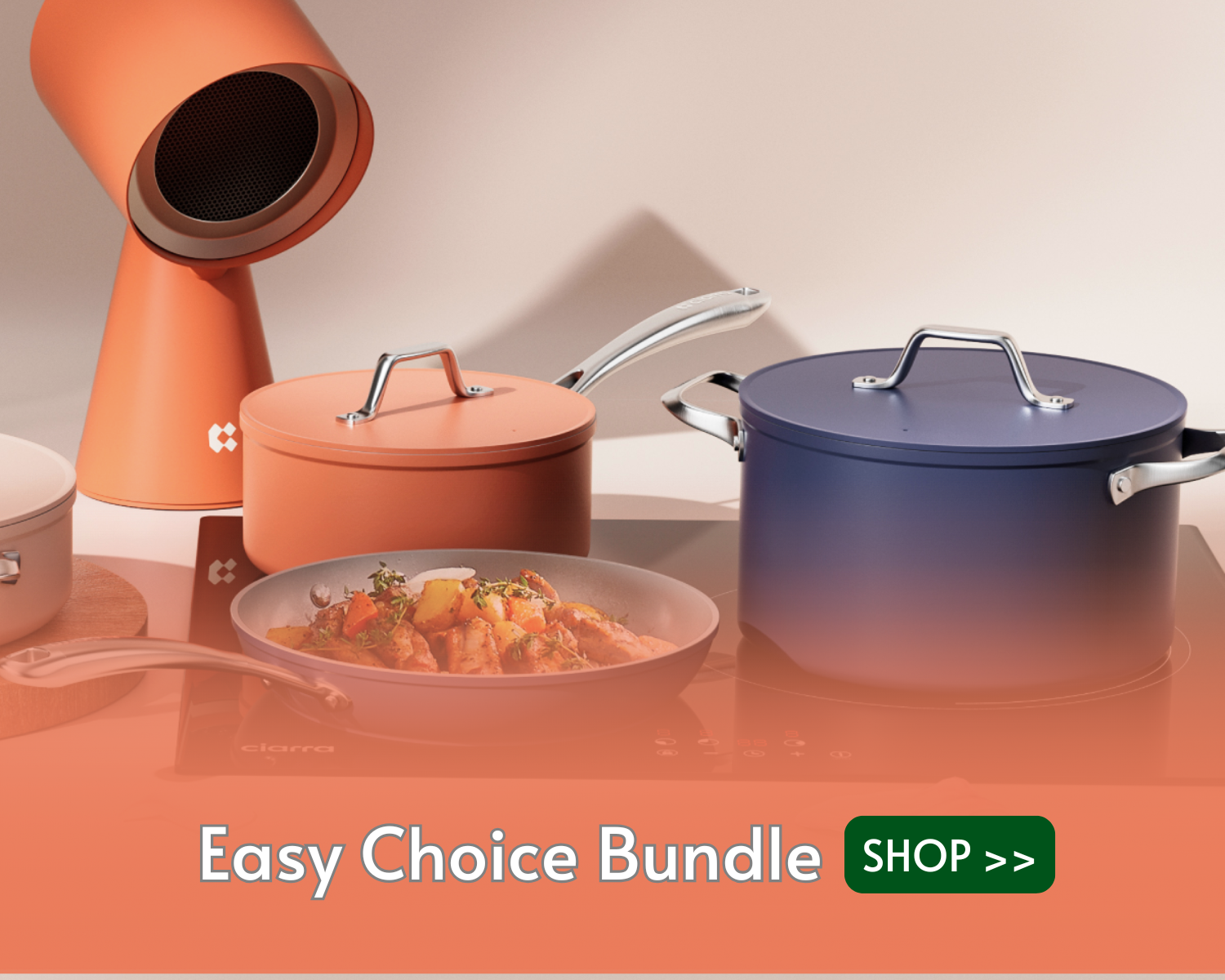
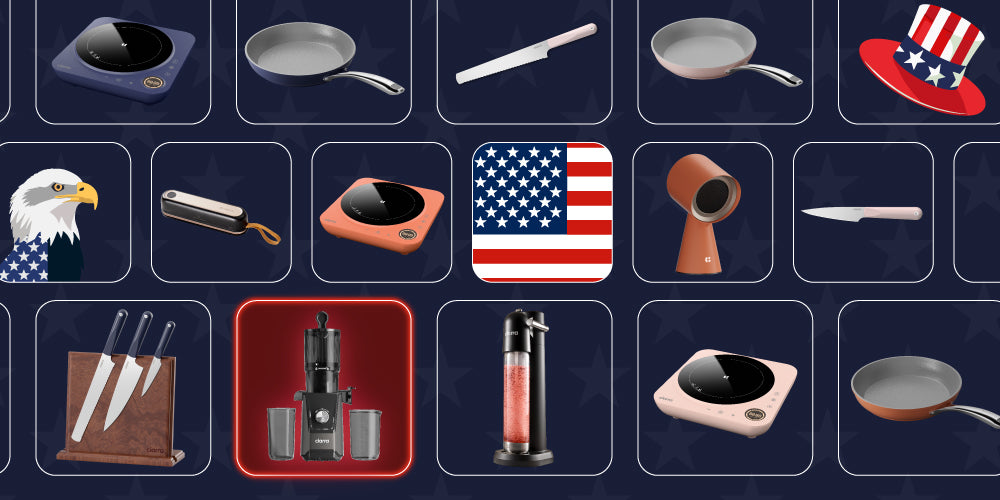
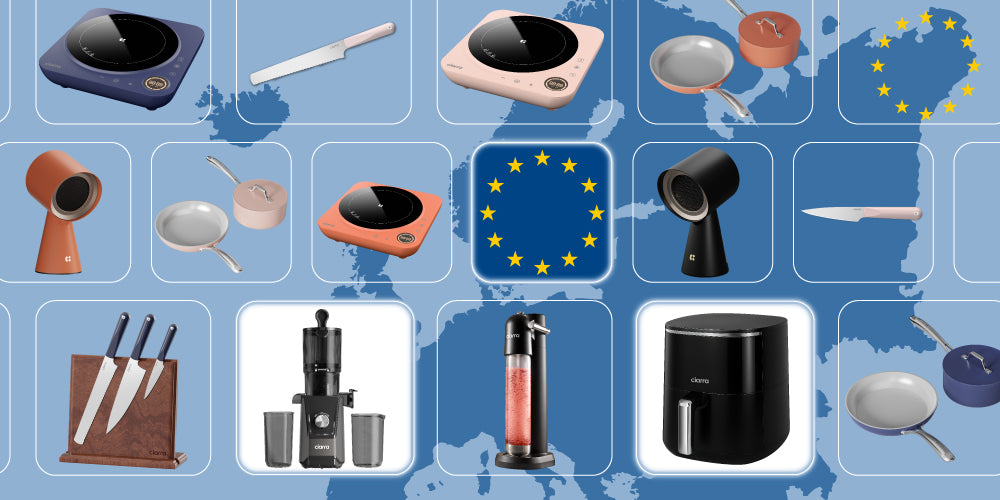
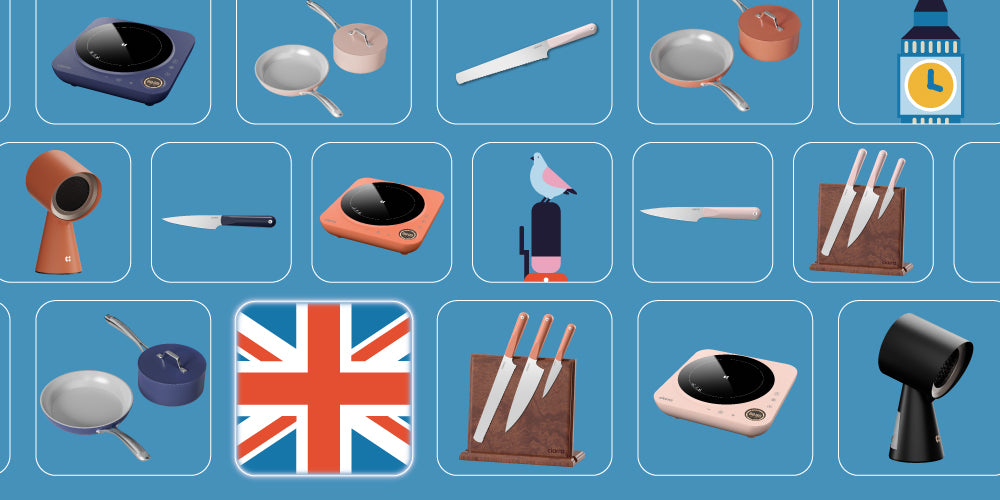
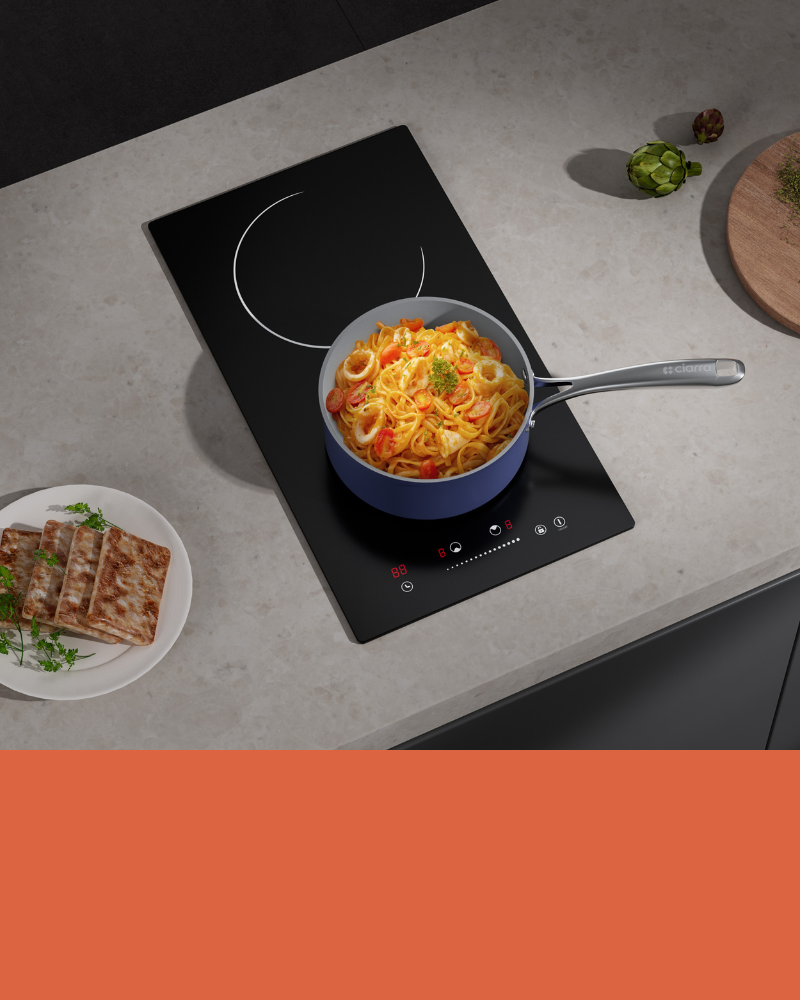
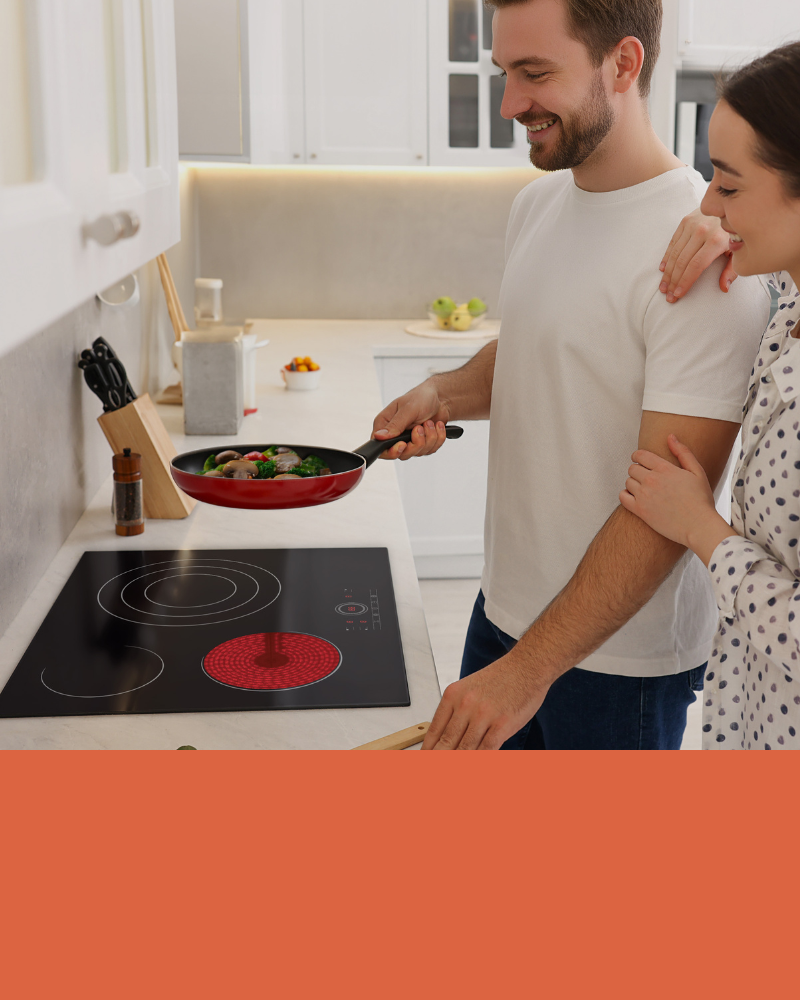
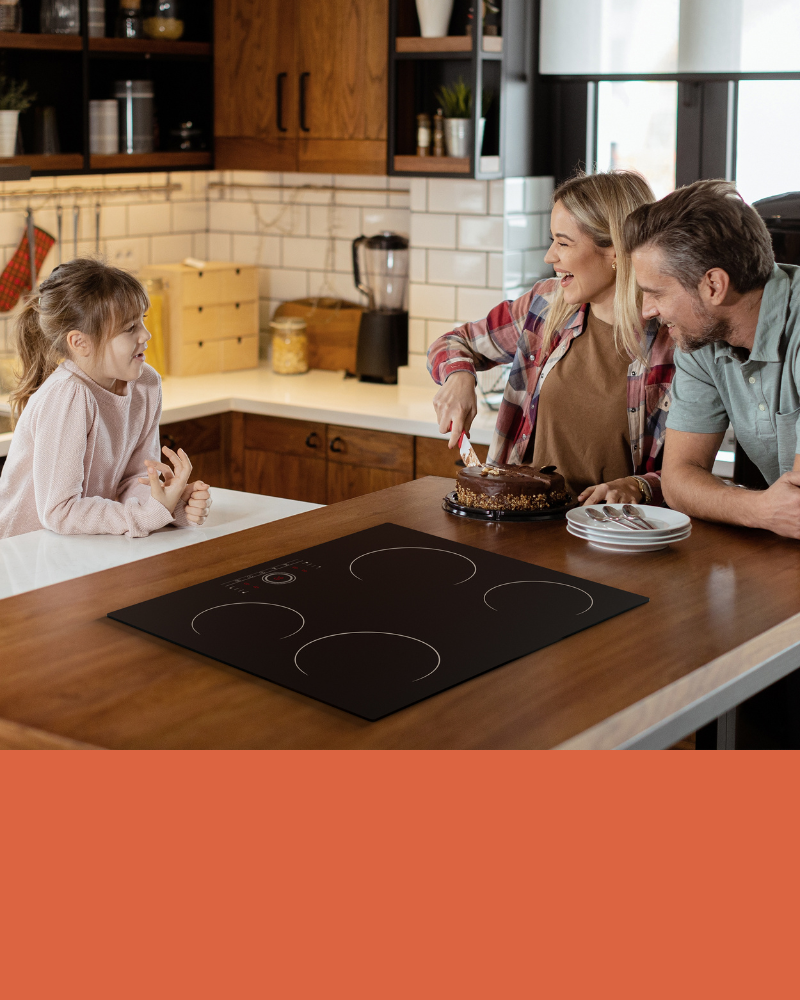
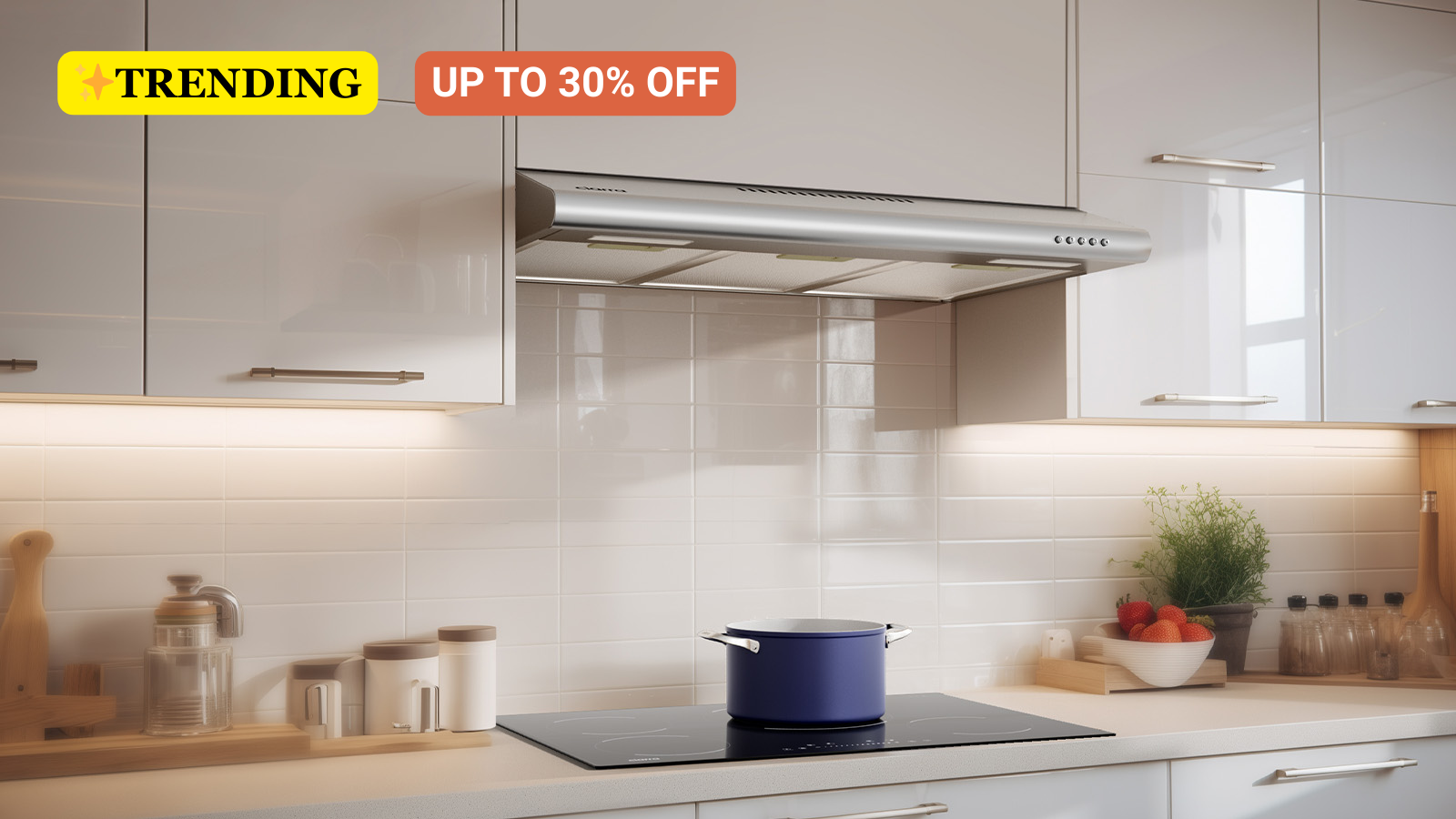
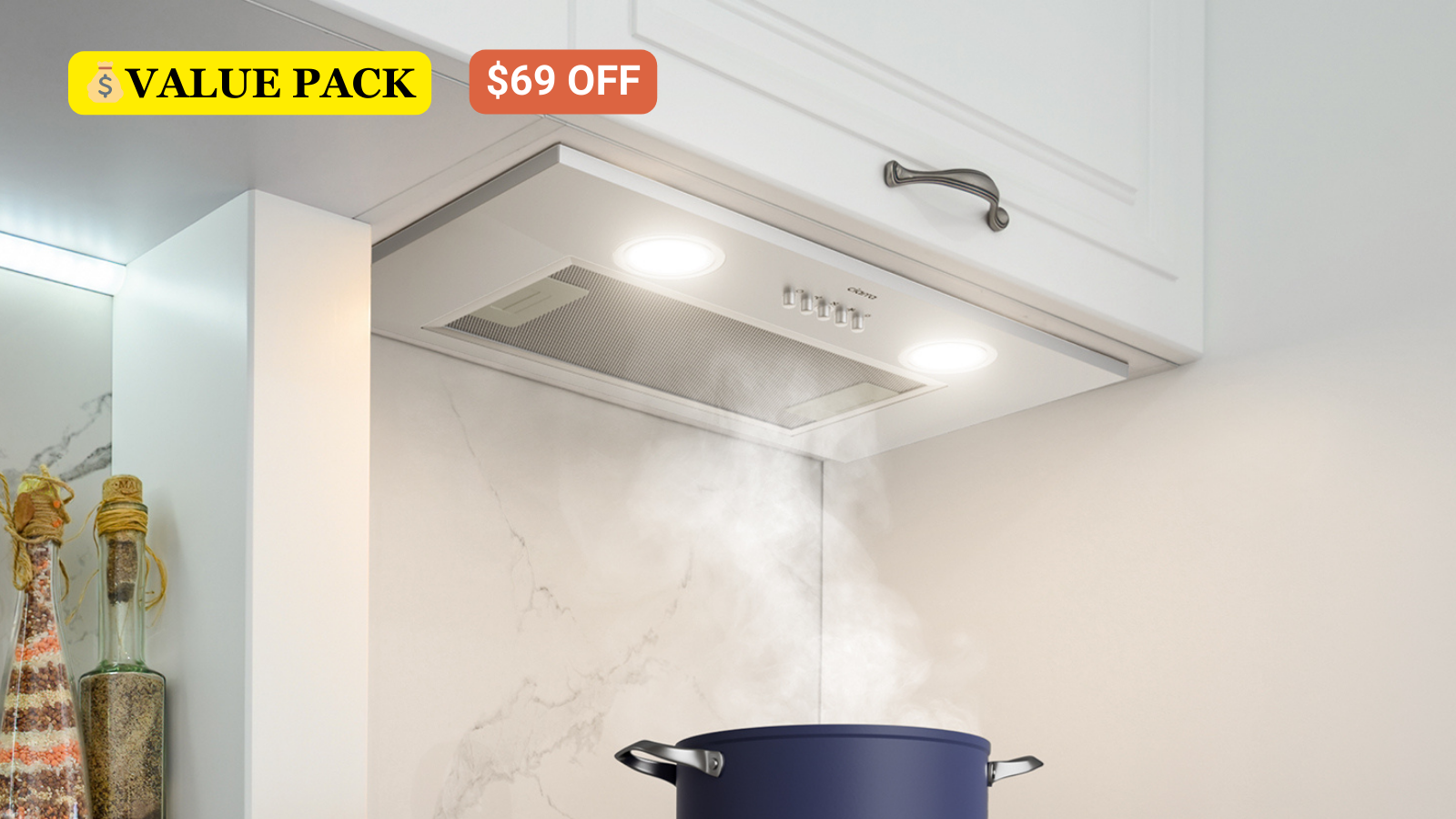
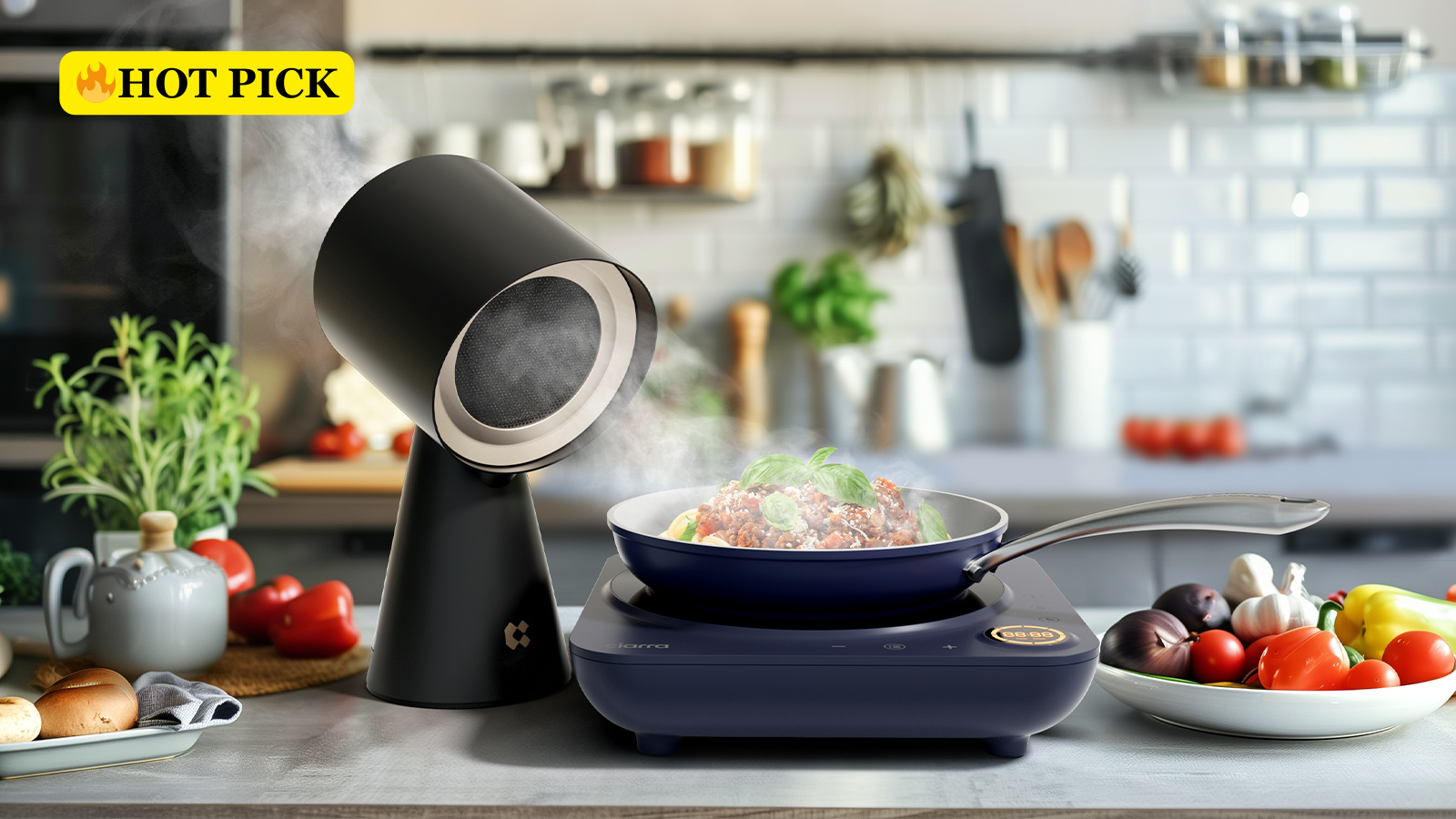
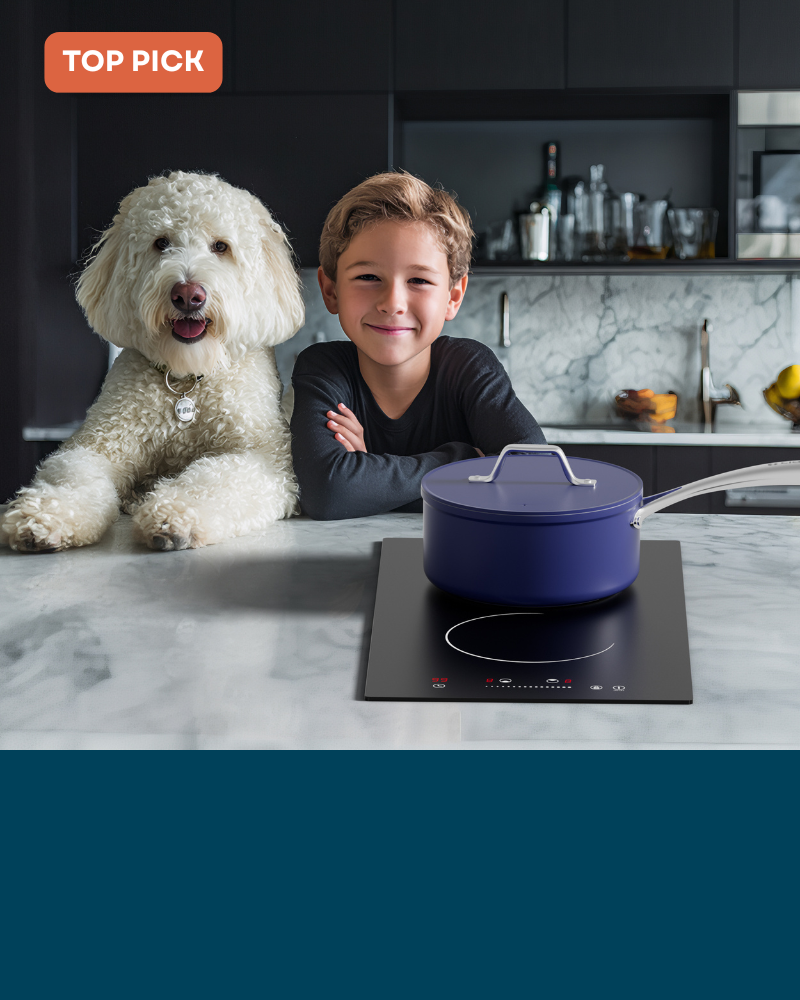
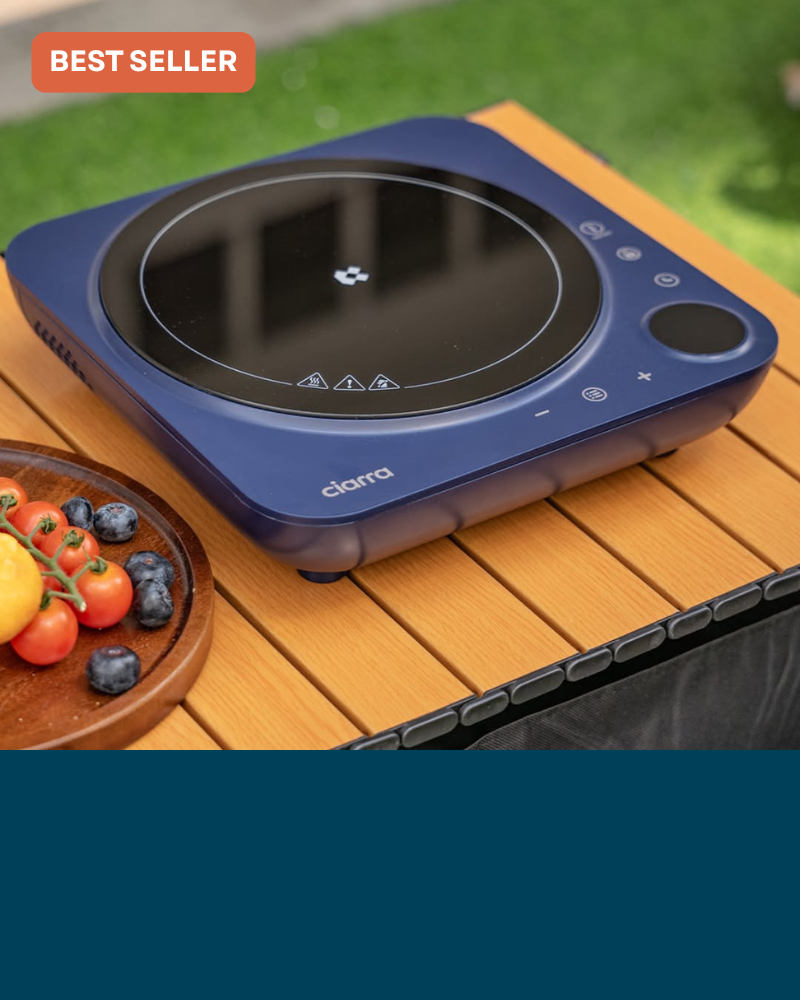
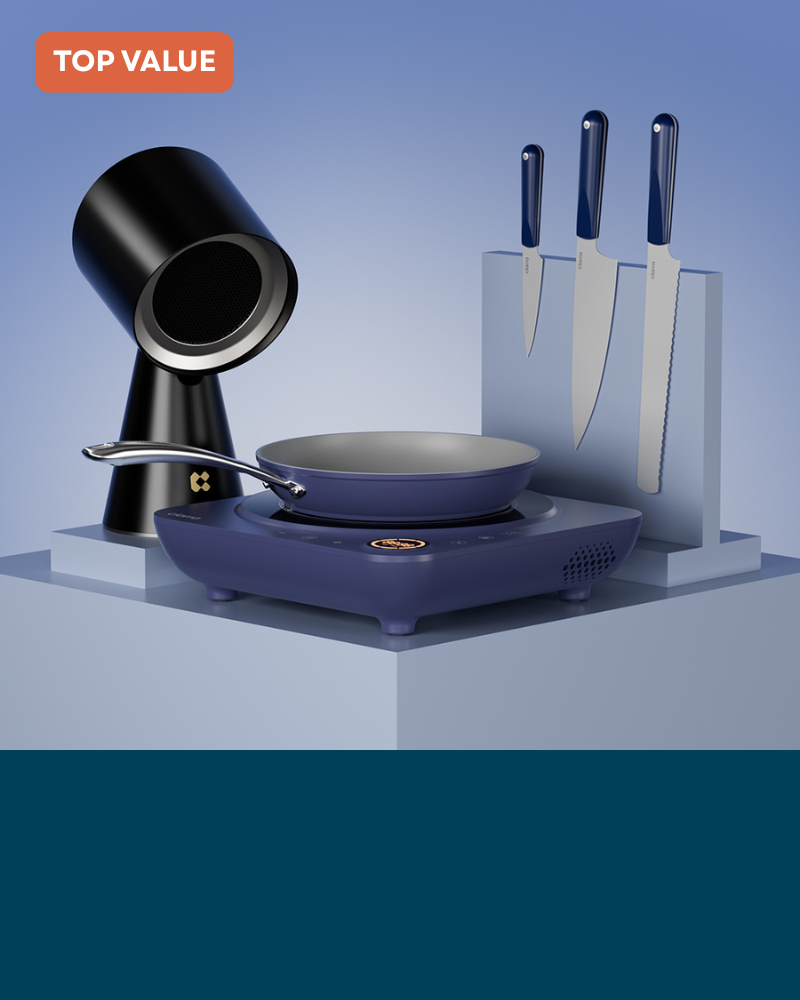
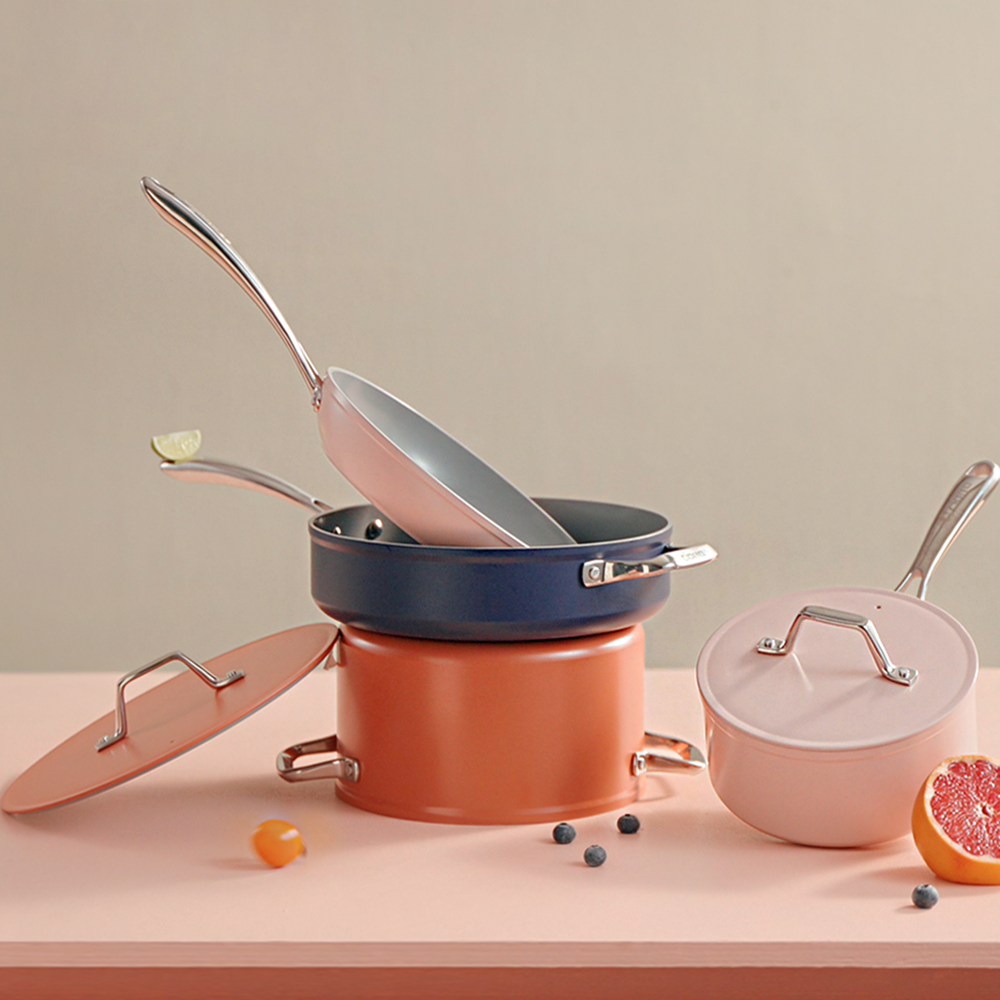
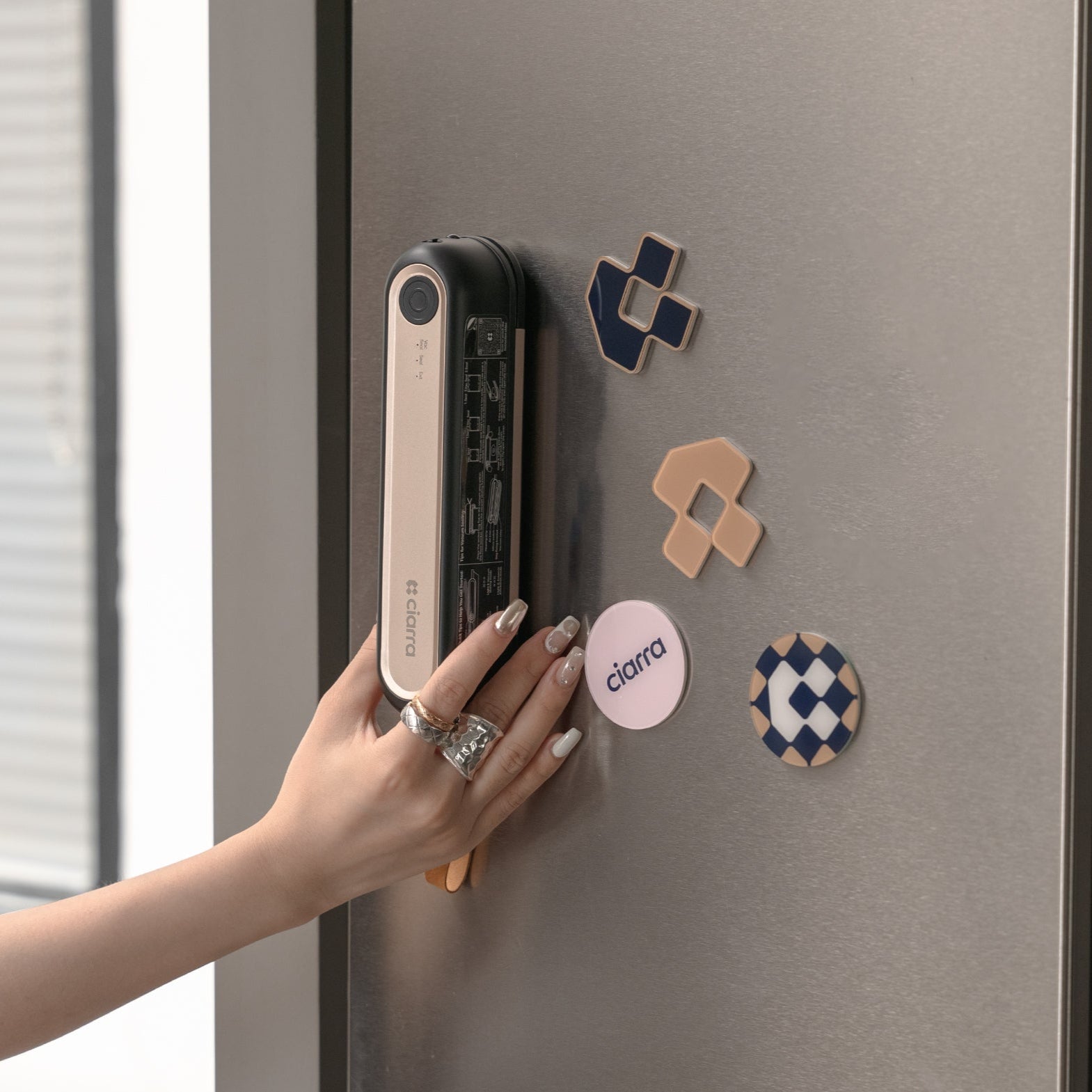
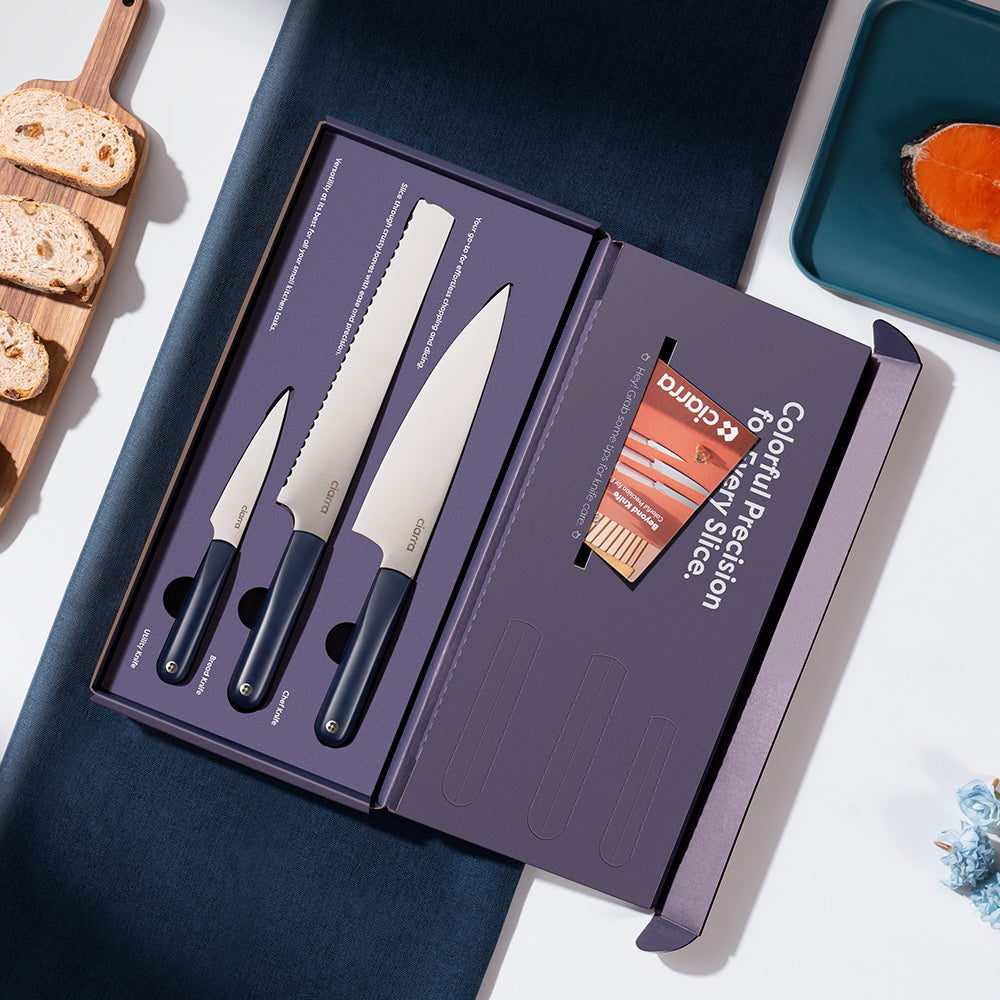

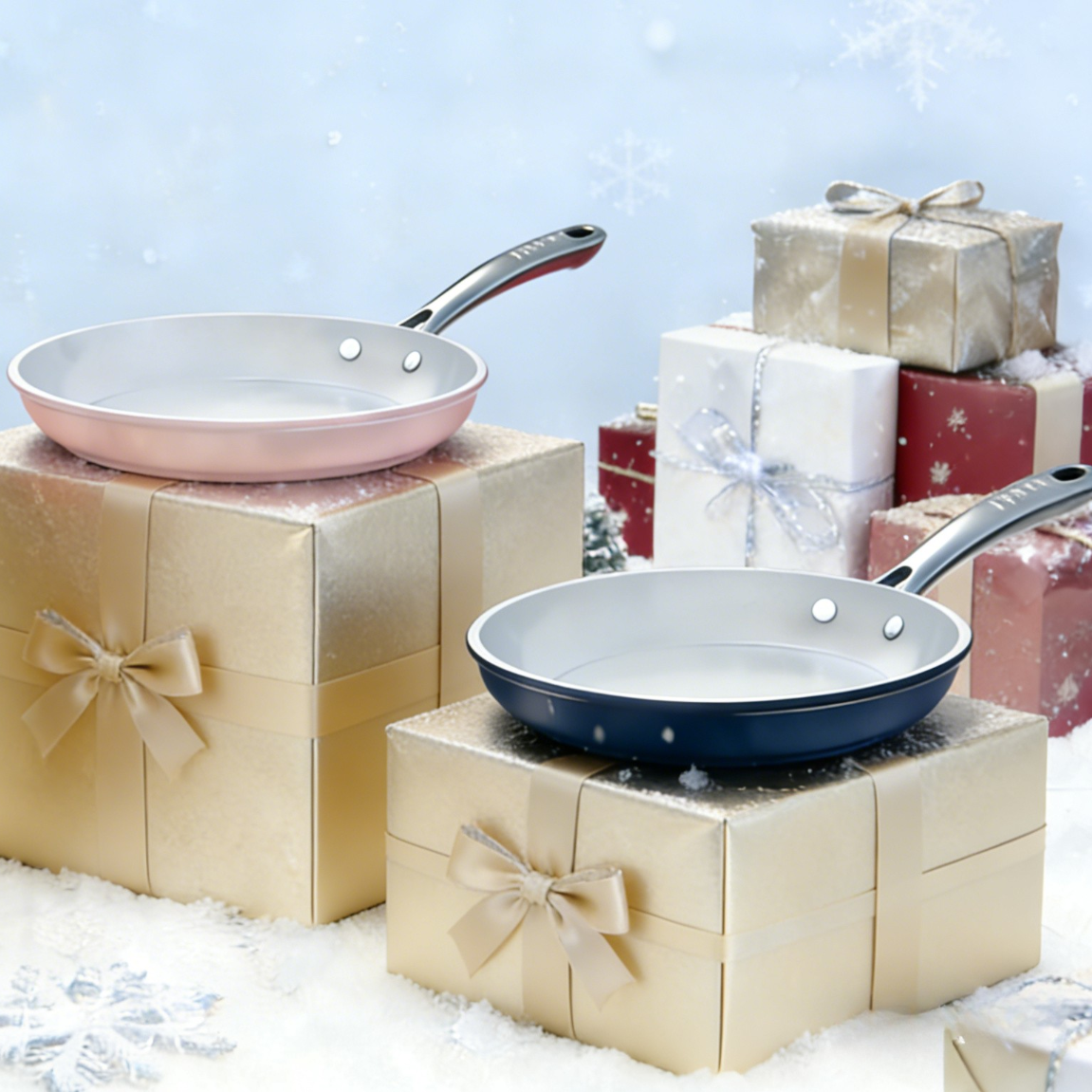
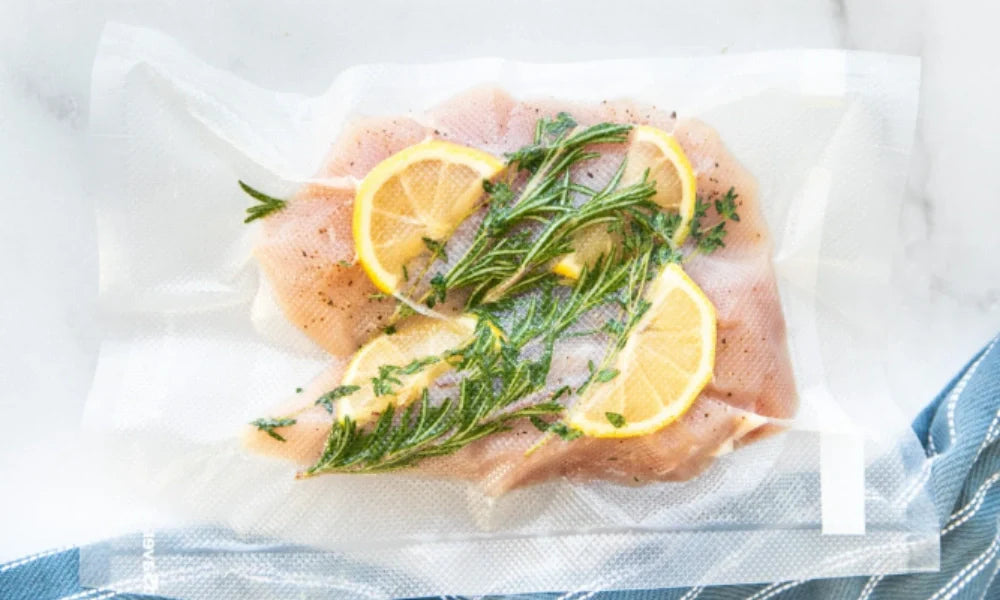
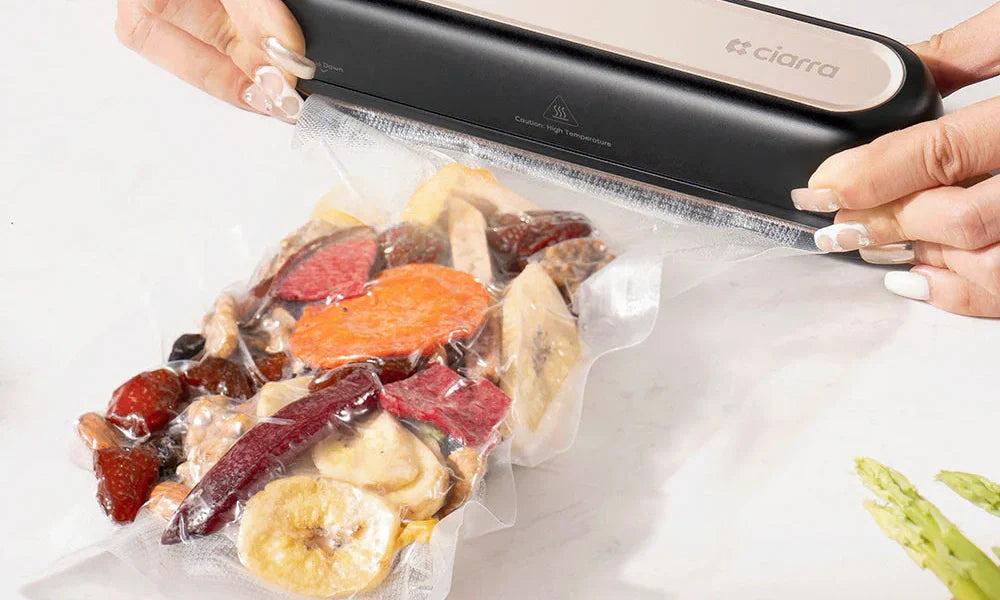
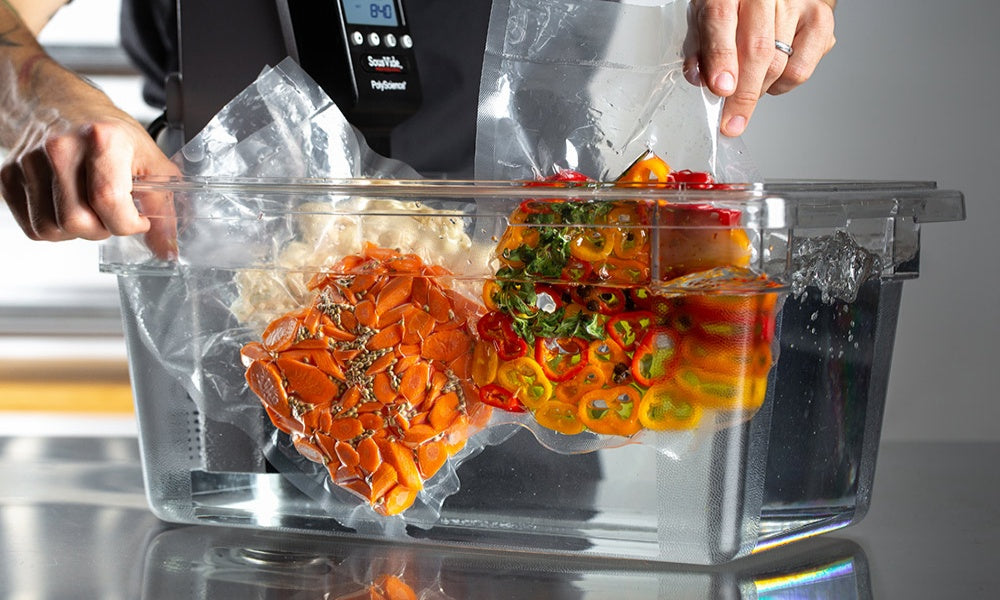
Leave a comment
All comments are moderated before being published.
This site is protected by hCaptcha and the hCaptcha Privacy Policy and Terms of Service apply.